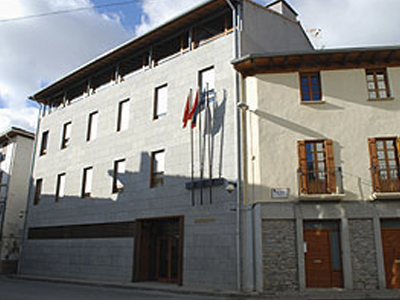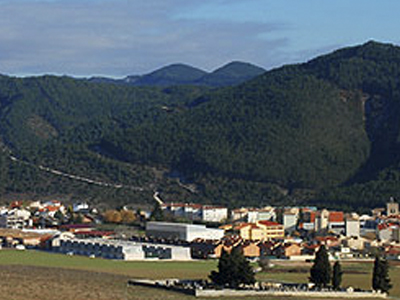Aoiz is easy to get to. It is half an hour away from Roncesvalles, Sangüesa, the Castle of Javier, the Monastery of Leire, the ravines of Arbayún and Lumbier, and Pamplona, through which passes the motorway which runs the length of Navarre, north-south, joining it with the Ebro corridor to Aragon and Catalonia and the border at Irun, and another main road which runs crosswise, joining Pamplona with Vitoria and the metropolitan area of Bilbao and San Sebastian.
Aoiz sits on the right-hand bank of the River Irati, at the foot of the Sierra of Zariquieta, which rises to an altitude of 504 metres and on which the Peña de Izaga (1,353 metres) stands out like a fortress of rock. With a population of around 2,500, Aoiz is the centre of a district peppered with small, peaceful villages grouped for administrative purposes into valleys.
Aoiz is currently the local industrial, health, education and, above all, cultural reference point.


